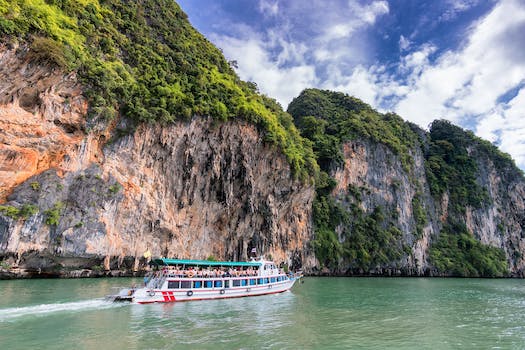As the world continues to grapple with the consequences of climate change, there is a growing need for more sustainable modes of transportation. One such mode is cycling, which not only reduces carbon emissions but also promotes health and fitness. In this article, we will explore the importance of bicycles and cycling infrastructure as low-carbon transportation choices for sustainable tourism.
Cycling Infrastructure
Cycling infrastructure refers to the network of roads, paths, and facilities designed to support cycling as a mode of transportation. This infrastructure includes bike lanes, bike paths, bike racks, and bike-sharing systems. The availability of cycling infrastructure is a key factor that determines the popularity of cycling in a given area.
Investing in cycling infrastructure is a cost-effective way to reduce carbon emissions and promote sustainable tourism. Studies have shown that cities with high-quality cycling infrastructure have increased cycling rates, which in turn reduces the number of cars on the road and decreases carbon emissions.
Bicycles and Sustainable Tourism
Bicycles are an excellent mode of transportation for tourists who want to explore a new city or region. Cycling allows tourists to experience a destination at a slower pace, which gives them a chance to appreciate the local culture and scenery. Additionally, cycling is a low-impact activity that does not harm the environment, making it an ideal choice for eco-conscious travelers.
Many tourism destinations are now recognizing the importance of bicycles as a sustainable transportation choice. They are investing in cycling infrastructure and promoting cycling as a way to explore the area. For example, Amsterdam is a city that is famous for its cycling culture. The city has invested heavily in cycling infrastructure, and as a result, cycling is now the preferred mode of transportation for many residents and tourists.
Conclusion
Bicycles and cycling infrastructure are important components of sustainable tourism. Investing in cycling infrastructure is a cost-effective way to reduce carbon emissions and promote sustainable tourism. Cycling allows tourists to experience a destination at a slower pace, which gives them a chance to appreciate the local culture and scenery. As more tourism destinations recognize the importance of bicycles, we can expect to see an increase in the popularity of cycling as a sustainable transportation choice.





